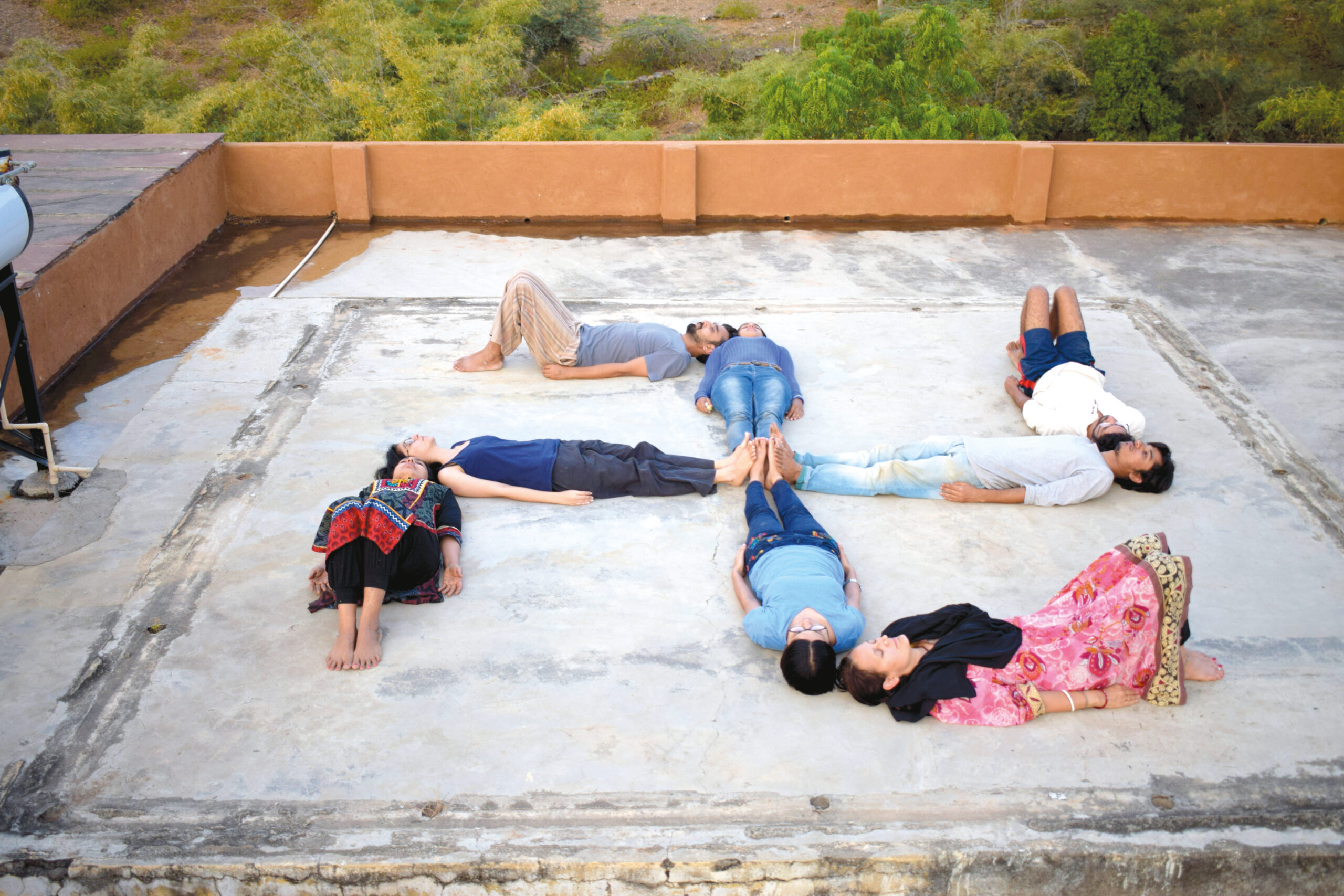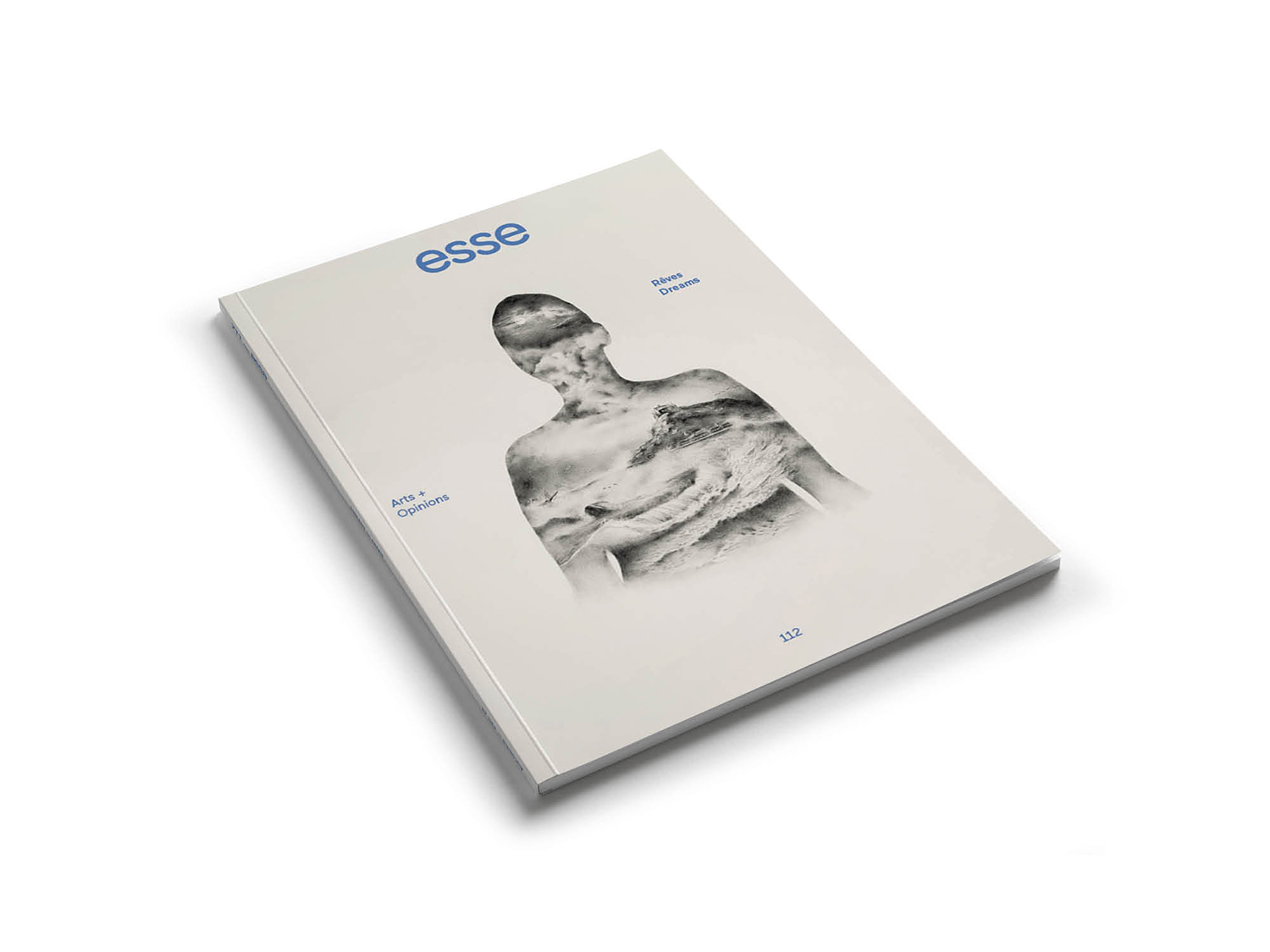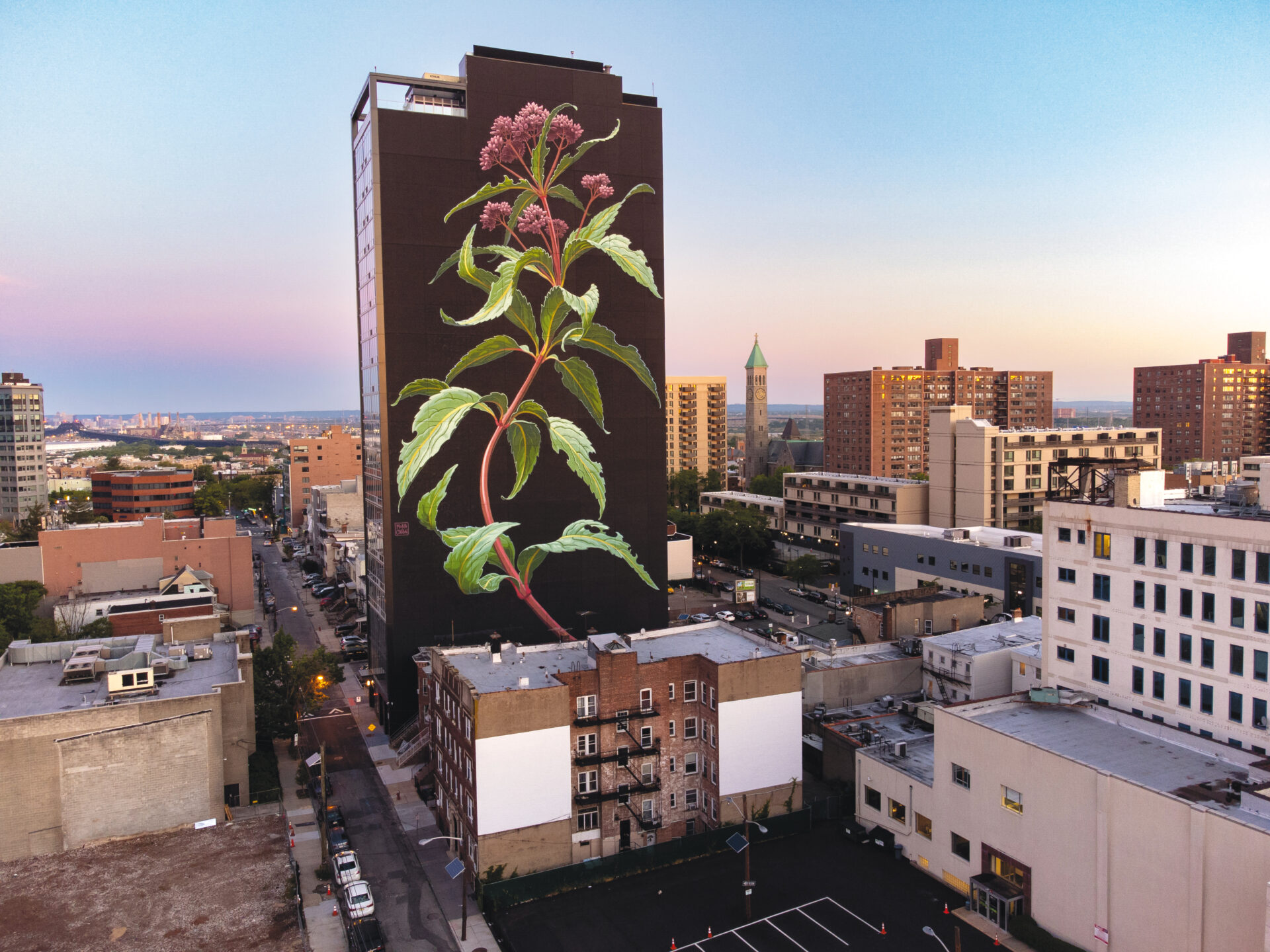
Photo: courtesy of the artist
Dreams, Art: Towards the Depth of Things
When we dream, images take shape from assembled fragments of individual and collective identity, and they give way to situations and experiences in which different dimensions of reality are explored. A dream can take us to unconventional places: imaginary realms that we didn’t think were possible to reach; and inner, distant, troubled territories that cannot be confronted in the waking state. Thus dreaming, like art, allows us to broaden our perception of reality and to question certainties.



